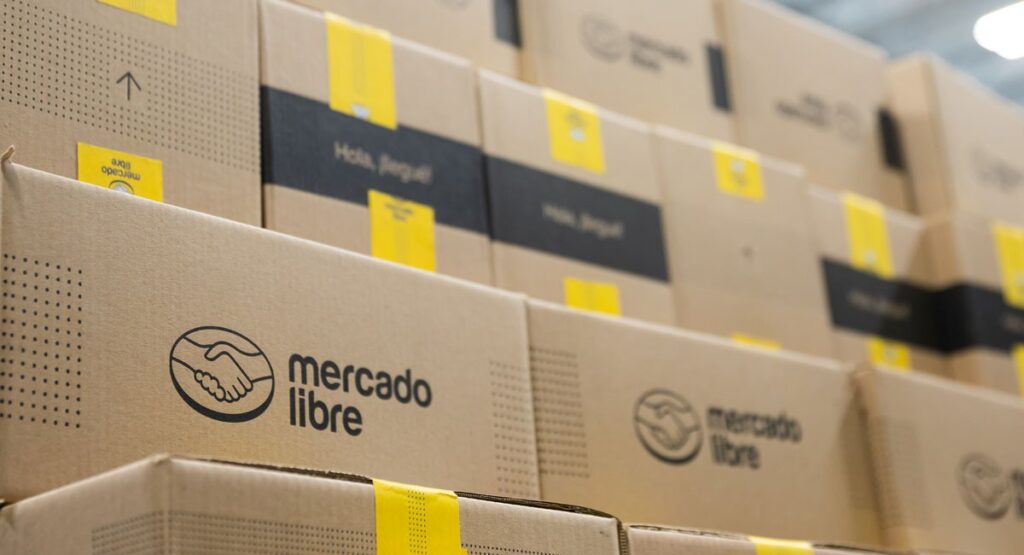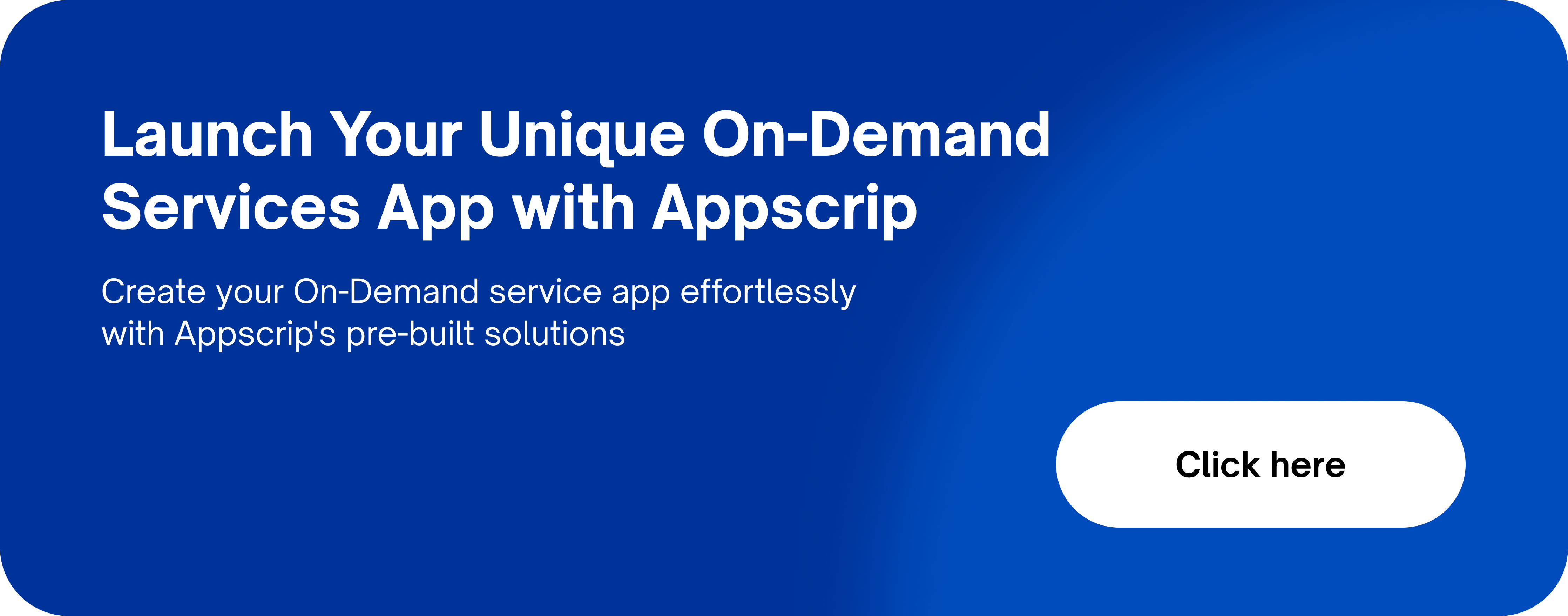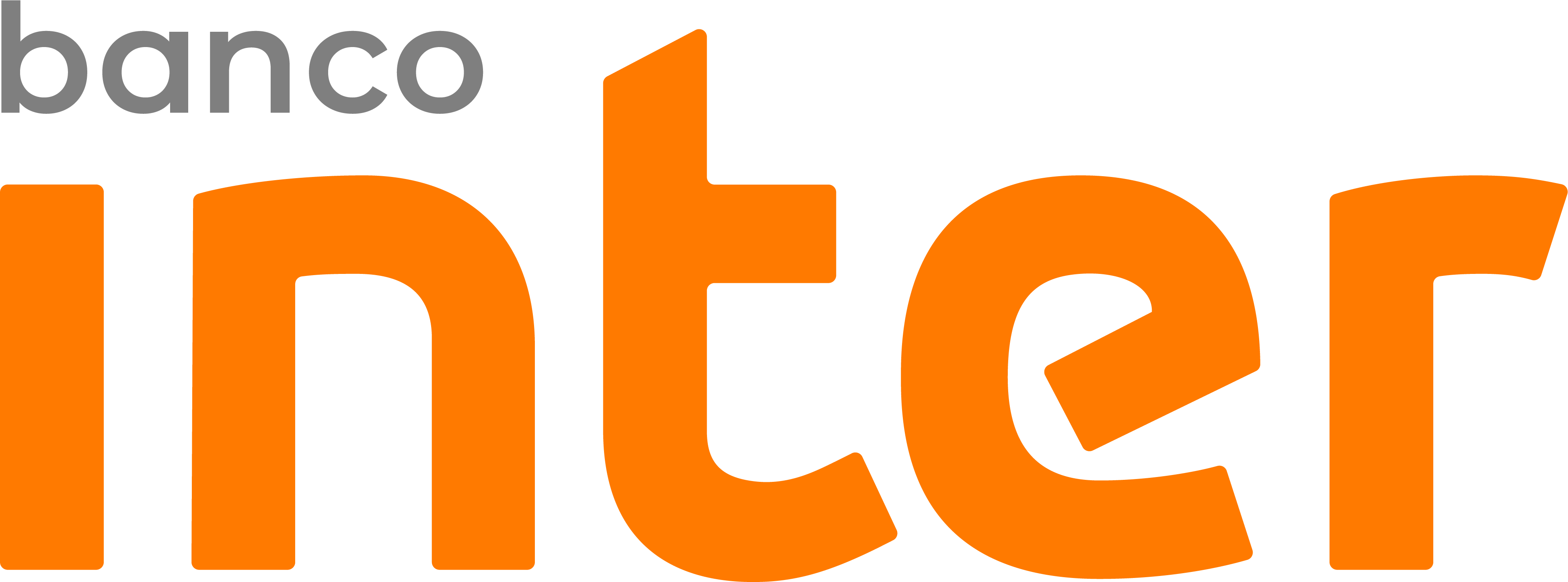MercadoLibre has emerged as a major player in the e-commerce realm in Latin America. The company has achieved notable success, captivated investors, and demonstrated remarkable growth since its initial public offering (IPO) in 2007.
MercadoLibre’s customer base spans several age groups, income levels, and countries, making it diverse and wide-ranging. The company operates in 18 countries across Latin America, that include Argentina, Brazil, Mexico, Uruguay, Colombia, Chile, Peru, and Ecuador. The largest market for MercadoLibre is Brazil, accounting for around 54% of the company’s total revenue in 2022, followed by Argentina and Mexico.
But what is the secret sauce that powers its revenue model? This in-depth article seeks to dissect MercadoLibre revenue model, shedding light on its monetization strategies and offering key takeaways for businesses and investors alike.

Overview of MercadoLibre Revenue Model
MercadoLibre revenue model primarily generates revenue from two core sources: Ecommerce and Fintech. Commerce revenue includes Marketplace fees, classifieds fees, ad sales fees, and product sales revenue. On the other hand, Fintech revenue includes revenue from commissions on payment volume away from MercadoLibre’s marketplaces, interest earned on loans, revenues from sales of mobile point of sales devices, and financing fees from factoring credit card receivables.
The company offers a suite of six integrated e-commerce and digital financial services. These include the MercadoLibre Marketplace, Mercado Pago Fintech platform, Mercado Envios logistics service, Mercado Credito, Mercado Ads solution, and Mercado Shops online storefronts solution.
Breakdown of MercadoLibre Revenue Model
MercadoLibre Marketplace
MercadoLibre Marketplace, the online commerce platform accessible through the website and mobile app, allows sellers, merchants, and individuals to list and sell merchandise across various categories. The platform has shown a steady increase in its unique buyers, with the number reaching its highest-ever level of 46 million in 2022, up 13% YoY, driven by growth in Brazil and Mexico.
MercadoEnvios
MercadoEnvios is a logistics solution that MELI offers in several countries. It allows sellers on the platform to use third-party carriers and logistics services, as well as offer warehousing and fulfillment services. The volume of business that MercadoEnvios manages through its network allows it to offer better prices to merchants on logistic services.
MercadoPago
MercadoPago, a digital payments solution, was initially developed by MELI to facilitate secure and easy transactions on its marketplaces, and a vital cog in MercadoLibre revenue model. It has evolved to offer a financial technology ecosystem in the digital and physical worlds. They offer services, including checkout and payment processes for merchants on their own websites and physical stores as well as credit offerings to scale their business.
MercadoCredito
MercadoCredito, a credit solution available in several Latin American countries, offers credit lines to online merchants and mobile point-of-sale device users as well as to buyers on and off MercadoLibre’s marketplace. The credit solution differentiates itself from traditional financial institutions by using proprietary credit risk models with unique data for scoring which include 2,400 behavioral variables to determine the credit supply and rate for each person.

Monetization Strategies and key takeaways of MercadoLibre Revenue Model
MercadoLibre has been earning revenue at an impressive rate over the past number of years. In Q4 2022, MELI recorded revenue of $3.0 billion, an increase of 41% YoY. The company’s gross profit margin increased from 43% to 49%, and its operating margin expanded from 1.1% in Q4 2021 to 11.6% in Q4 2022.
The company’s revenue streams are derived from three main sources:
Marketplace fees: This is the primary source of revenue for MercadoLibre. The company takes a cut from the sellers for listing and selling items on its platform. These fees vary depending on the country and the type of product being sold. This traditional e-commerce monetization model provides a consistent and reliable revenue stream as the platform gains more users and transactions increase.
Payment gateway fees: MercadoLibre facilitates transactions on its marketplace and also operates as a standalone digital payment solution. Mercado Pago offers its services to businesses outside the MercadoLibre revenue model and takes a cut for each transaction processed.
Affordable shipping solutions: They also earn revenue from their shipping solution, which allows sellers to deliver products to buyers. MercadoLibre also takes a commission from sellers for this service, creating another revenue stream. This service also improves the user experience by making shipping easier and more efficient, encouraging more transactions on the platform.
Advertising: MercadoLibre also earns revenue from advertising. Sellers can pay to have their listings prominently displayed, driving more traffic to their items and potentially increasing their sales.
Credit interest fees: MercadoLibre also offers loans to buyers and sellers based on their transaction history on the platform. This adds another layer to its monetization strategy and also helps to drive more transactions by providing users with financing options.
These diverse monetization strategies have allowed MercadoLibre to maximize its revenue from its user base and continue growing in a competitive e-commerce landscape. By integrating services like payments and shipping, the company has been able to create a seamless user experience, encouraging more transactions and driving further growth.
Conclusion
MercadoLibre revenue model has been a resounding success, leading them to become the eCommerce powerhouse in Latin America. Their unique strategy, which combines an online marketplace, digital payments, and logistics, has created a robust ecosystem that benefits both the buyers and sellers. The company’s financial success is rooted in its diversified sources of income, which extend beyond traditional eCommerce to include advertising, shipping services, and its rapidly growing fintech segment, MercadoPago.
The company’s ability to adapt to the unique challenges of the Latin American market – such as underdeveloped infrastructure and low credit card penetration – is commendable. By innovating solutions like mobile money and a network of physical collection points, MercadoLibre has successfully addressed these issues, leading to impressive revenue growth.
The key takeaway from MercadoLibre’s story is that a successful revenue model is not about just filling up your coffers via traditional means. It’s about creating an ecosystem that meets the needs of your customers, addresses market challenges, and offers a unique value proposition.












